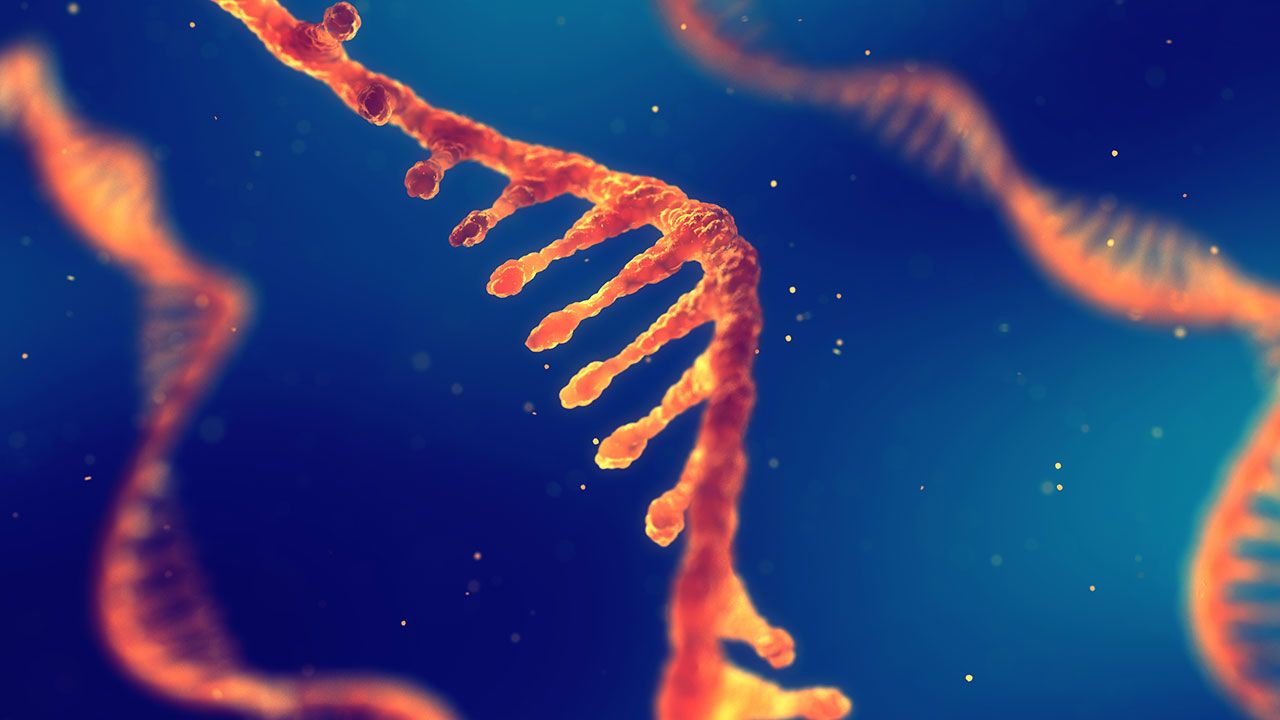The Real Message Behind Commercial mRNA Products eBook
Read the article:
The Marriage of RNA and Mass Spectrometry
Read the eBook:
Pharmaceutical Technology’s The Real Message Behind Commercial mRNA Products eBook
Considerable efforts have been made over the years to resolve the key issues of stability and delivery of RNA-based therapeutics.
nobeastsofierce - Stock.adobe.com

For several years after Crick (1) first described the genetic role of RNA, this molecular entity was perceived simply as an “inert” carrier between DNA and protein. Today, however, this view has almost entirely changed, and RNA-based molecules have been implicated in a broad range of functions including the activation/deactivation of genes, the excision of genetic material, and the transport of intercellular components. Indeed, it is expected that in the coming years, further discoveries will uncover even greater biochemical significance to this molecular type.
Given the ubiquity and variety of roles associated with RNA, it was inevitable that it would become a focus for investigators involved in the development of therapeutics. As early as 1978, Zamecnik (2) described the therapeutic use of an RNA-based oligonucleotide to inhibit replication of the Rous sarcoma virus, and, today, there are approximately 16 FDA-approved RNA therapies, 28 in clinical development, and many more expected in the near future (3).
Currently, RNA-based medicines can be segregated by their functionality and structure and include species, such as messenger RNA (mRNA), antisense oligonucleotides (ASO), small interfering RNA (siRNA), and microRNA (miRNA). Other types of RNA include aptamers which are single-stranded and form higher-order structures, and more recently described, circular RNA (circRNA or oRNA), which appears to have multiple functions prior to and following the transcription process (4). Additionally, mature clustered, regularly interspaced, short palindromic repeats RNA (crRNA) and trans-activating CRISPR RNA (tracrRNA) constitute components of the recently developed CRISPR technology.
Read this article in Pharmaceutical Technology’s The Real Message Behind Commercial mRNA Products eBook
Read the article:
The Marriage of RNA and Mass Spectrometry
Read the eBook:
Pharmaceutical Technology’s The Real Message Behind Commercial mRNA Products eBook
Mark Rogers is global scientific director at SGS.
Pharmaceutical Technology
eBook: The Real Message Behind Commercial mRNA Products
April 2023
Pages: 36–39
When referring to this article, please cite it as Rogers, M. The Marriage of RNA and Mass Spectrometry. Pharmaceutical Technology's The Real Message Behind Commercial mRNA Products eBook (April 2023).

Drug Solutions Podcast: A Closer Look at mRNA in Oncology and Vaccines
April 30th 2024In this episode fo the Drug Solutions Podcast, etherna’s vice-president of Technology and Innovation, Stefaan De Koker, discusses the merits and challenges of using mRNA as the foundation for therapeutics in oncology as well as for vaccines.
Drug Solutions Podcast: Applying Appropriate Analytics to Drug Development
March 26th 2024In this episode of the Drug Solutions Podcast, Jan Bekker, Vice President of Business Development, Commercial and Technical Operations at BioCina, discusses the latest analytical tools and their applications in the drug development market.